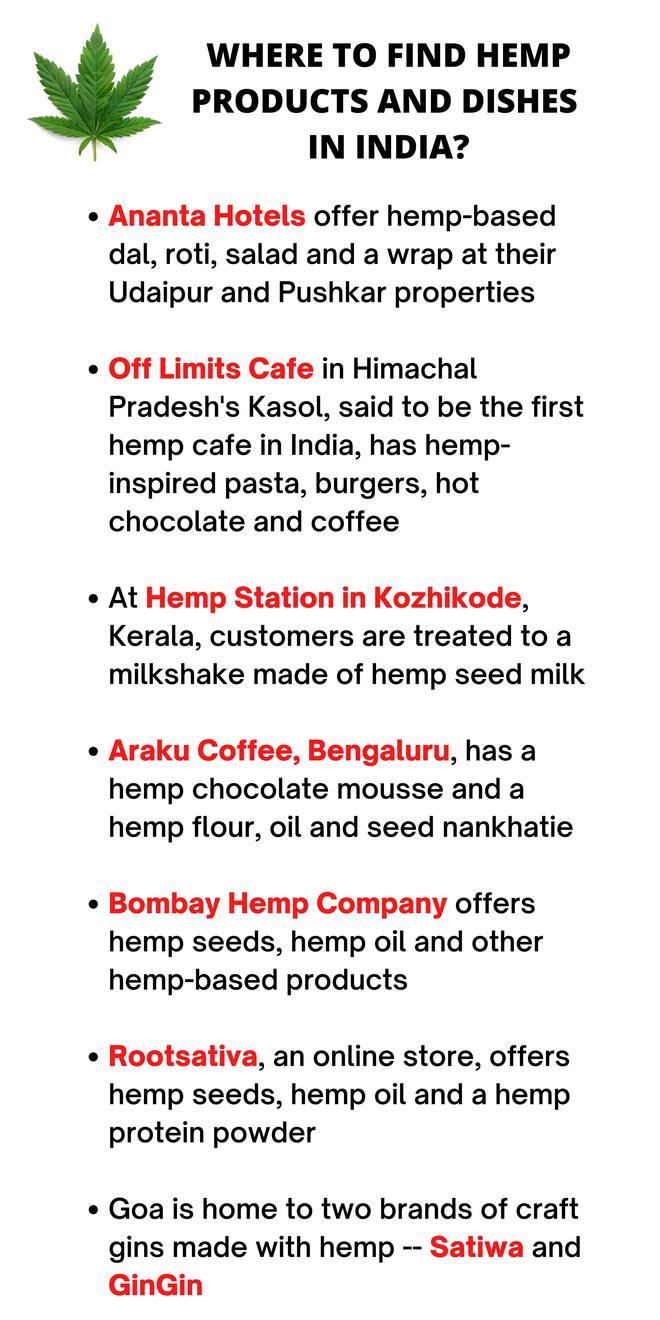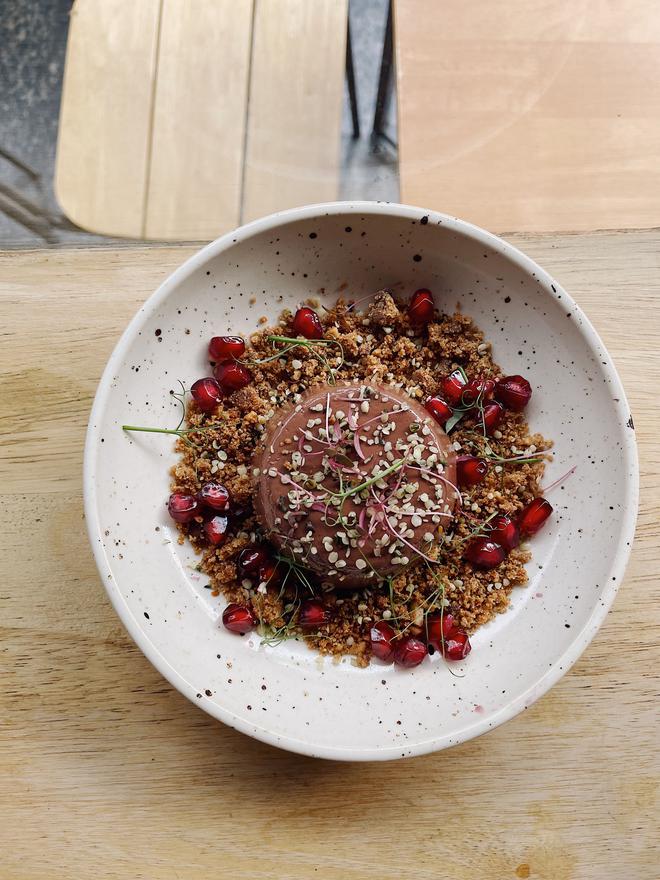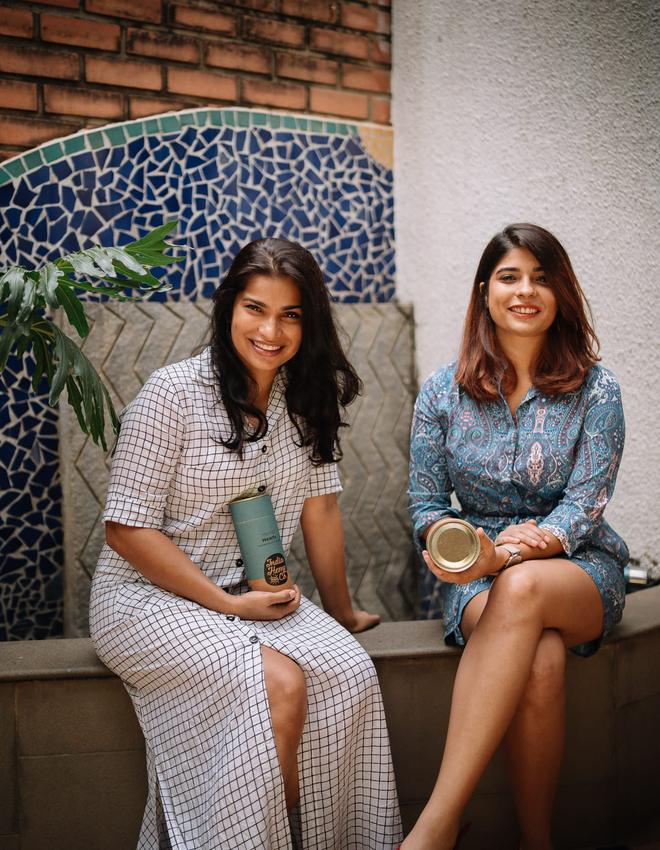As a keen observer of popular culture — and more pertinently, the myriad superfood trends that emerge from there with alarming ferocity — I’ve always found the whole appropriation bid both amusing and sad.
Amusing, because we always seem to need such ostensibly “new age Western fads” to take us back to our intrinsic traditional knowledge. Sad, because of our rather desperate desire to have something we’ve known all along validated, repackaged and then, ultimately shoved down our gullible throats!
It first happened with yoga by way of the Western boomer generation of the 70s. Now, millennials and Gen Z seem to have a whole other social media-fuelled agenda of their own — this time, to reintroduce us to our very own ashwagandha and haldi doodh. (The latter bearing hip, new names of ‘golden latte’ and even ‘moon brew’, if you may.) But there’s another such superfood that’s slowly inching forward. Never mind the fact that it has existed in our midst for millennia. 9,000 years, to be precise. And that’s hemp. Known to you and me as bhang.

Bhang for your buck!
But this is not the same bhang you’re probably thinking about with Holi benders at the forefront. Though both marijuana and hemp are varieties of the cannabis plant, hemp, also known as cannabis sativa, is not an intoxicant. Unlike marijuana, hemp contains low levels of the psychoactive tetrahydrocannabinol (THC) and higher concentrations of cannabidiol (CBD), which mitigates any psychotropic impact.
And this is why in November 2021, the Food Safety and Standards Authority of India (FSSAI) approved the use of hemp seeds in limited quantities in food (5 mg THC per kg) and beverages (0.2 mg THC per kg). This move came about not just to promote a sustainable plant-based diet, but also to highlight the other benefits of consuming hemp.

“This is precisely why I have been using both hemp oil and hemp hearts (which is the inside of the seed) to crust fish and lamb for a while now. The hearts have a mild, nutty taste and texture similar to cashewnut. Hemp is also one of the healthiest superfoods we have today,” says chef Vicky Ratnani. Ironically, he was first introduced to hemp in the kitchen in Canada years ago while filming his food show there. The latest addition to his Mumbai-based cloud kitchen Speak Burgers’ menu is a hemp seed and quinoa iteration, that he says will be out soon.
Rich in protein, fibre, and fatty acids, including omega 3, 6 and 9, hemp has several antioxidant effects and may reduce symptoms of numerous ailments, improving the health of the heart, skin joints and even helping mitigate depression and anxiety.

It was finding a cure for her depression by consuming hemp that saw Amruta Shitole start The Hemp Cafeteria in May, along with her brother Vishal in Pune. “Every dish on our menu — be it our bestselling tawa burger or our chutney and paneer layered sandwich — has hemp seeds in it. Even our multigrain breads are baked using a bit of powdered hemp in the dough,” says Shitole, who plans on regularly updating her all-vegetarian menu as per demand.
Hill diet
The true proliferation of hemp and its assorted derivatives is best seen among the hardy mountain communities in places such as Himachal Pradesh and Uttarakhand, where it forms an integral part of the local pahadi diet. In fact, till date, Uttarakhand is considered to produce the best quality hemp in the world.
“Besides having proven digestive qualities thanks to their high fibre content, whole hemp seeds are also warming in nature. Quite like a vegetarian alternative to fish or cod liver oil. Something that is crucial to maintain body temperature in the cold climate of Uttarakhand’s mountainous regions such as Garhwal and here in Kumaon,” says chef Naveen Adhikari.
A Kumaoni native, Adhikari does a whole menu of traditional hemp-based dishes for guests at the Mary Budden Estate that’s part of Binsar Wildlife Sanctuary, overlooking Uttarakhand’s Jhandi Dhar Hills. These range from the ubiquitous bhang ki chutney and a hemp heart-flecked raita to a local bhangwala halwa that is the ghee-rich sum of its hemp hearts, semolina, almond flakes and jaggery parts.
The popular Uttarakhandi hemp chicken dish called bhangira chicken was part of the a la carte menu at a recent hemp-centric food festival at The Park hotel in Chennai. “We used everything from hemp seed oil, hemp seeds, hemp hearts to hemp powder in the curated dishes, which ranged from an avocado smoothie and a grilled fish to an adobo chicken tortilla and rasmalai bombe dessert. For the bhangira murgh, we ground hemp seeds with other spices into a paste, which was used for flavour,” says the hotel’s executive chef Ashutosh Nerlekar.

Sourcing pains
Up until a few months ago, there was much to be said about the hemp procurement hurdles faced by those in the business. And not to mention consumer apprehension and scepticism. That has changed.
According to Sarah Nicole Edwards — a British expat who runs the entirely plant-based Copper + Cloves café in Bengaluru — it used to be a Herculean task to get her supplies on time. “I remember bringing back bags full of edible hemp products with me every time I went back to the U.K., when India always produced the best hemp to begin with,” she says. Today, her menu has everything from a hemp seed and cacao smoothie to a chocolate mousse topped with hemp hearts.

Not only has this ancient superfood won hearts overnight, its popularity is spurring enthusiasts to widen its scope and take it to a new demographic. Up next: a range of high-protein, hemp-based dog treats by Bengaluru-based India Hemp and Co., founded by sisters Jayanti and Shalini Bhattacharya. Truly, hemp for all, all for hemp.
The Mumbai-based writer and restaurant reviewer is passionate about food, travel and luxury, not necessarily in that order.







